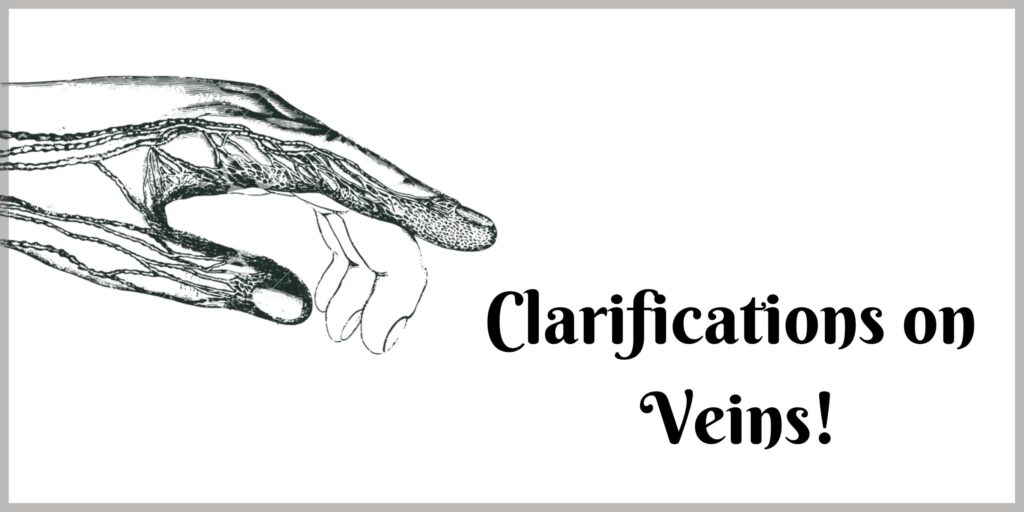Functions of veins
The functions of veins are explained thoroughly in this article. Blood vessels are the conduits that are responsible for transporting blood throughout the body. They come together to make a complete circle that starts and finishes at your heart, much like a circuit. Your circulatory system consists of both the blood vessels and the heart vessels working together. Approximately 60,000 kilometres of blood channels can be found within your body. There are three categories of blood vessels, which are as follows: Capillaries are the tiniest blood vessels and connect arteries and veins. Arteries are responsible for transporting blood away from the heart, while veins are responsible for transporting blood back to the heart. The human body is home to millions upon millions of veins! Some of them are so minute that the human eye cannot detect their presence. Some of them aren’t even given names. Despite this, every one of them contributes significantly to the overall effect. To put it another way, if we did not have them, our bodies would not be able to operate properly.
How does blood circulate throughout the body?
Pulmonary arteries are responsible for transporting blood to the lungs, which is where the blood will pick up oxygen. The pulmonary veins are responsible for transporting oxygen-rich blood to the left side of the heart. Transporting blood to the right side of your heart is one of the functions of veins. Your body’s major artery, the aorta, is responsible for transporting blood from the left side of your heart to the rest of your body via a network of smaller arteries that branch off from it. Because their walls are so thin, capillaries allow oxygen, nutrients, carbon dioxide, and waste materials to move freely in and out of the tissue cells they connect. The blood is subsequently transported through the veins to the heart, where the cycle starts all over again. Alternatively said, if there were no veins, there would be no life! Because of this, it is necessary to ensure that these essential components are safeguarded. To accomplish this, it is essential to have a solid comprehension of the function of veins and the part they play inside the human body.
Types of veins
It is possible to divide veins into four primary groups: pulmonary veins, systemic veins, superficial veins, and deep veins. Blood that has been oxygenated in the lungs travels through the pulmonary veins to the left chamber of the heart. Blood that has lost some of its oxygen is carried to the right side of the heart by the systemic veins from the rest of the body. The superficial veins are found near the surface of the skin, but they are not placed in close proximity to the arteries that correspond to them. The deep veins are found deep inside the muscular tissue, and they are often found in close proximity to an artery that corresponds to their designation (for example, coronary arteries and veins). Transporting blood from various regions of the body to the cardiovascular system is one of the functions of veins. In order to pump blood back to the heart, the low-pressure venous system requires the contraction of the surrounding muscles.
Disorders
The functions of veins entail supplying nutrients to the body’s cells by circulating blood. Both superficial and deep veins have a one-way valve that enables blood to flow uphill towards the heart but stops it from flowing downwards when they are healthy. However, they are often unable to operate properly due to heredity or health issues. This can lead to issues such as Blood clots, including those observed in phlebitis or deep or superficial vein thrombosis. It also causes blood pooling, which is seen in Chronic Venous Insufficiency (CVI), and abnormally dilated blood vessels, such as varicose and spider veins. It may create ulcers, which occur when blood cannot flow freely through the veins and is stagnant. As you can expect, difficulties can sometimes escalate to life-threatening situations. As a result, it’s critical to take care of your circulatory system, particularly your veins! Eat plenty of fibre-rich foods, remain hydrated, exercise often, and eat a nutritious diet to keep your veins healthy.



